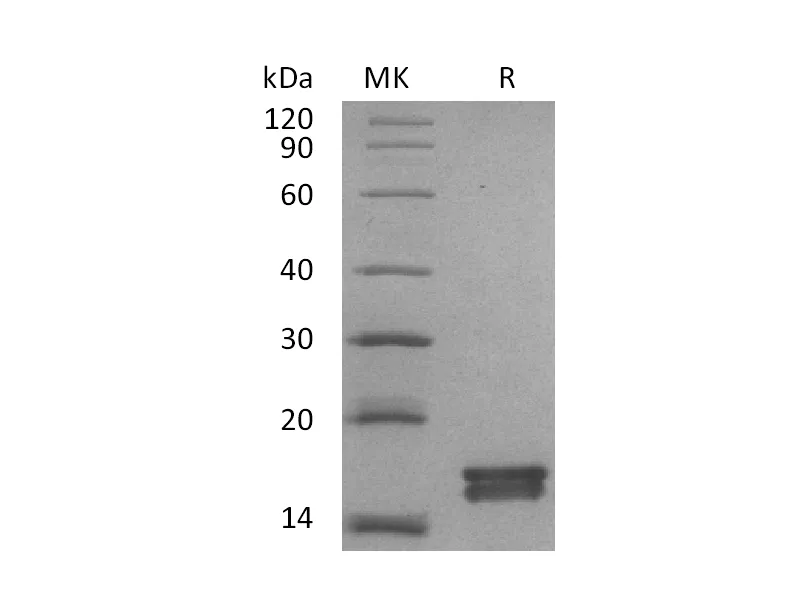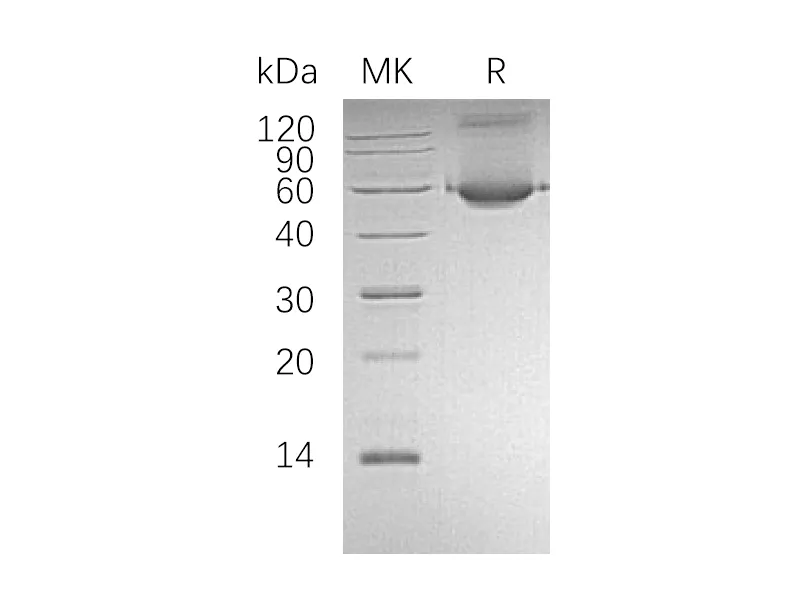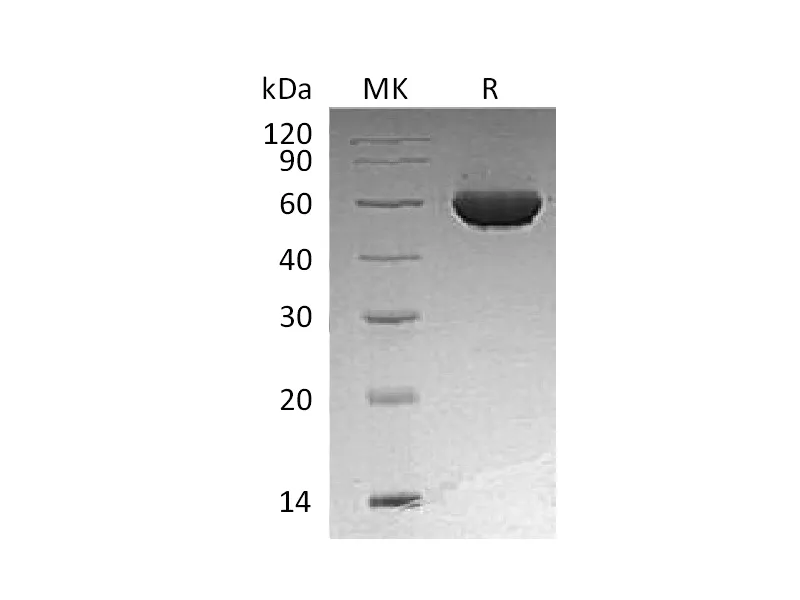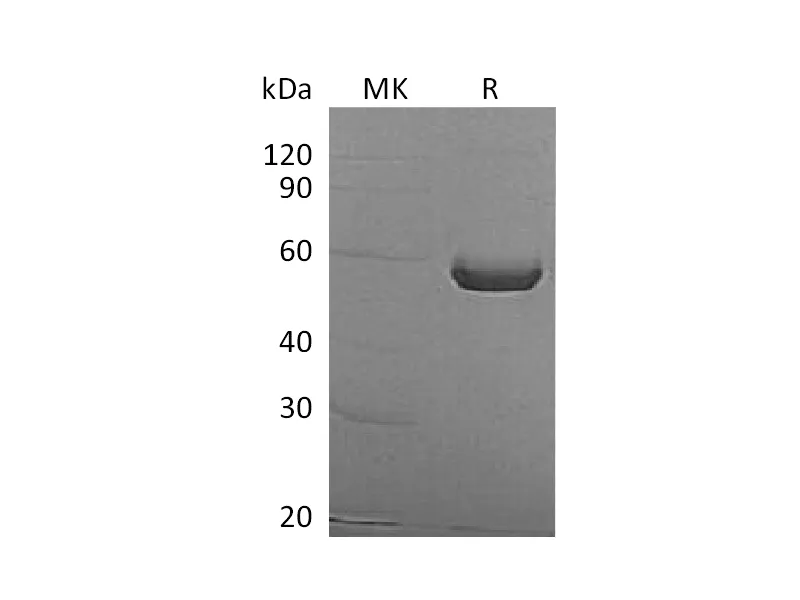Alternative Names
Tyrosine-Protein Phosphatase Non-Receptor Type Substrate 1; CD172 Antigen-Like Family Member A; Signal-Regulatory Protein Alpha-1; CD172a; SIRPA; MFR; SHPS1; SIRP
Background
Mouse Signal Regulatory Protein α (SIRPα) is a type I transmembrane glycoprotein.It contains two Ig-like C1-type domains and one Ig-like V-type domain. Mouse SIRP alpha ECD shares 61%, 75%, 62%, 61%, and 59% aa sequence identity with human, rat, equine, bovine, and porcine SIRP alpha, respectively.SIRPα can express in various tissues, mainly on brain and myeloid cells, including macrophages, neutrophils, dendritic and Langerhans cells. It also can detect in neurons, smooth muscle and endothelial cells. SIRPA is an immunoglobulin-like cell surface receptor for CD47. SIRPα acts as docking protein and induces translocation of PTPN6, PTPN11 and other binding partners from the cytosol to the plasma membrane. SIRPα shows adhesion of cerebellar neurons, neurite outgrowth and glial cell attachment. SIRPα engagement generally produces a negative regulatory signal; it may mediate negative regulation of phagocytosis, mast cell activation and dendritic cell activation
Note
For Research Use Only , Not for Diagnostic Use.




